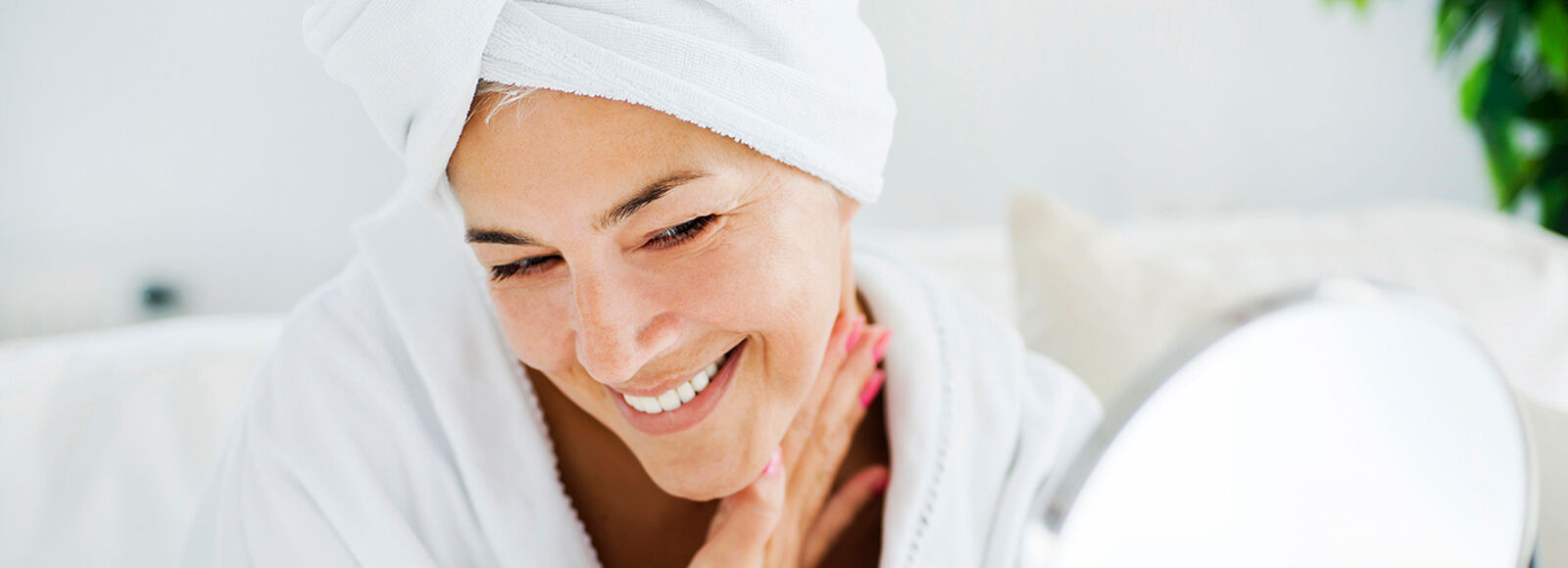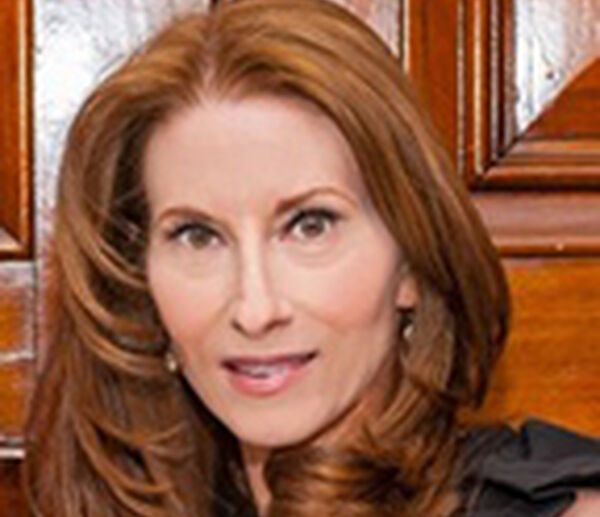
 Download Our Network
Download Our Network


Follow us on


Laurie Levitt
Director, Integrated Marketing, AARP Media Advertising NetworkAgeism is finally becoming old-fashioned.
Today’s top beauty and personal care brands are embracing aging, with major players like Cover Girl, L’Oréal, Revlon, Maybelline, Neutrogena, and Olay – the list keeps growing – making a much more inclusive appeal to consumers. It’s a trend celebrated by industry innovators like Laura Geller, who recently joined forces with Paulina Porizkova and Fran Drescher and set out to “make all women feel beautiful and worthy, whether they’re 19 or 90.”
To put it simply, aging doesn’t change a woman’s desire to look and feel her best. That’s why beauty marketers who focus exclusively on younger consumers are missing the heart of the market. According to AARP research, nine in 10 women 50+ say that beauty and personal grooming are priorities in their lives. Every day, women 50+ devote at least 30 minutes to their own beauty and personal care regimen, using, on average, five products.
For marketers of everything from cosmetics to personal care products, 50+ women are a must-win audience if you want to increase market share. Here are four things to know about them.
They spend billions more each year
Women 50+ spend billions more each year on cosmetics and personal care products compared to younger consumers. They account for nearly half (44%) of all health and beauty aids purchased annually – $8.4 billion, according to the latest data from MRI-Simmons. By comparison, women 18-34 and women 35-49 each contribute only 28% of spending.
They drive market share
Women 50+ buy and use a wide range of cosmetics, skin care, hair care, and personal care products – representing a large percentage of market share. In many instances, they account for half of the market or more, which makes them a high-value, high-impact audience for marketers looking to strengthen consumer relationships, build businesses, and move the needle.
They are skin care and hair care enthusiasts
As women age, their skin and hair age, too. Sun damage, fewer natural oils, loss of hormones, and side effects from certain medications can all lead to dry, rough, itchy skin. Women are also prone to changes in hair color, texture, thinning and hair loss, and hair breakage. Fortunately, there are many products to address these needs. So it’s no wonder that women 50+ are prime prospects, accounting for roughly half (45% – 63%) of cosmetics, skin care, hair care, and personal care product usage, according to MRI-Simmons.
They buy online, big time
Women 50+ are responsible for 41% of all cosmetics and toiletries purchased online in the past six months – far outpacing adults 18-34 (30%) and adults 35-49 (29%), again based on the latest MRI-Simmons data. They are an e-commerce powerhouse, driving purchases of cosmetics and personal care items up 81% since the pandemic began, according to MRI-Simmons data – which makes it all the more essential for marketers to reach them in the environments they trust and prefer.
The bottom line
Successful beauty and personal care marketers are beginning to strengthen relationships with 50+ women and engage them in bold new ways, recognizing their superior spending power, ability to drive market share, and their interest in a wide range of products, services, and channels. It’s a growing trend – and a positive one that bodes well for those brands prepared to make the most of it.
As model and actress Lauren Hutton recently told Byrdie, “Whether it’s beauty or fashion, there’s an obsession with youth. But if we’re lucky, we’re all going to get old. We should all be focused on taking good care of our skin and ourselves, and the industry can help shift that conversation for the future.”
Marketers who lead that conversation – and meet consumer needs – will earn new and repeat business from the beauty and personal care market’s most vital demographic: women 50+.
This article originally appeared in Advertising Week.

